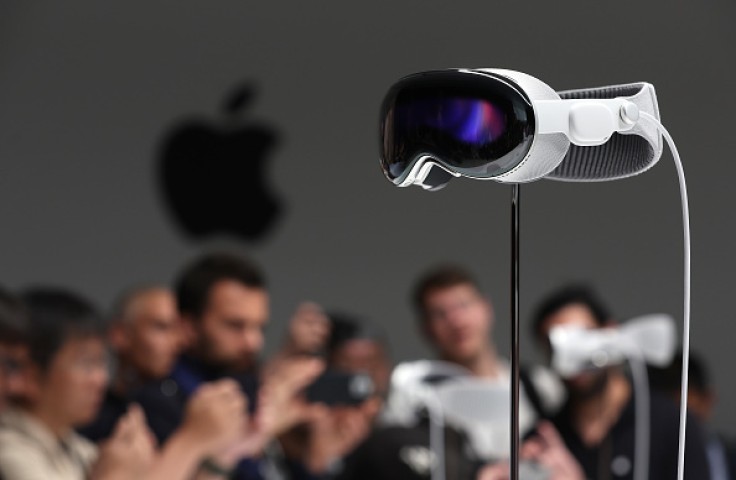Apple enthusiasts were excited about the announcement of its AR/VR headset, but most were saddened by the price tag that came with it. The tech giant was rumored to be working on a cheaper version for those who can't pay $3,500 for the device and that version might still be out of people's price range.

Vision Pro's 'Affordable' Version
Apple knows well enough that the $3,500 headset was not something that would make as many sales as they had hoped, especially since the pricing was enough to buy four iPhone 15s with change to spare. As a way to fix that, the company will be releasing a cheaper version.
However, the rumored pricing for the lesser version is still hard to swallow for most. Mark Gurman from Bloomberg says that the cost that was discussed internally might go between $1,500 to $2,500, as reported by The Verge.
In order to get the price lower, Apple will downgrade a couple of components that are on the Apple Vision Pro such as the display. The cheaper version will use an iPhone-grade chip, which means it could run slower, and have fewer cameras.
On top of that, it might lose one feature altogether. EyeSight allows the user to stay connected to the people around them, as it opens the view to the real world and the person sees if the user is busy through their eyes. It could be among the features that won't make it to the cheaper version.
With that said, the AR/VR headset would still have its main functions. Hopefully, Apple will find a way to lower the price significantly without having to sacrifice quality too much, especially since even the cheapest estimation, $1,500 is still a huge amount for consumers.
The Original Vision Pro
Rumors say that the display on the headset would become lower-grade to match the pricing, which means that the 4K TV that features 23 million pixels for each eye might be shifted to just Full HD, which is 1080p compared to 2160p.
Fewer cameras might mean that the affordable version of the headset will not be as immersive as the $3,500 version. Other than that, Gurman did not mention any changes in hardware, which means that people might still experience what makes Vision Pro good without cashing out three and a half grand.
For instance, precision eye-tracking would still be on the table. It's unlikely that this will be removed since the feature is how users interact with apps within visionOS. There are no alternatives since Apple has not introduced controllers for the headset.
Switching to an iPhone-grade chip might affect how the system runs, especially since the more expensive version uses Apple's powerful M2 chip, which is used to run the device's OS, executes advanced computer vision algorithms, and delivers graphics.
The R1 chip also serves as a way for the device to communicate well with the cameras, sensors, and microphones, allowing it to stream images to the displays within 12 milliseconds using the LiDar scanner and TrueDepth camera.









